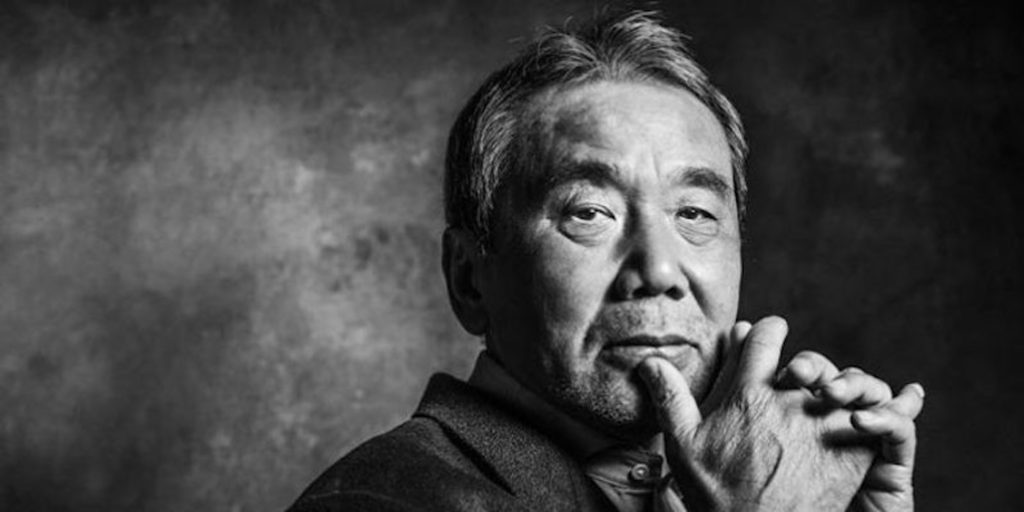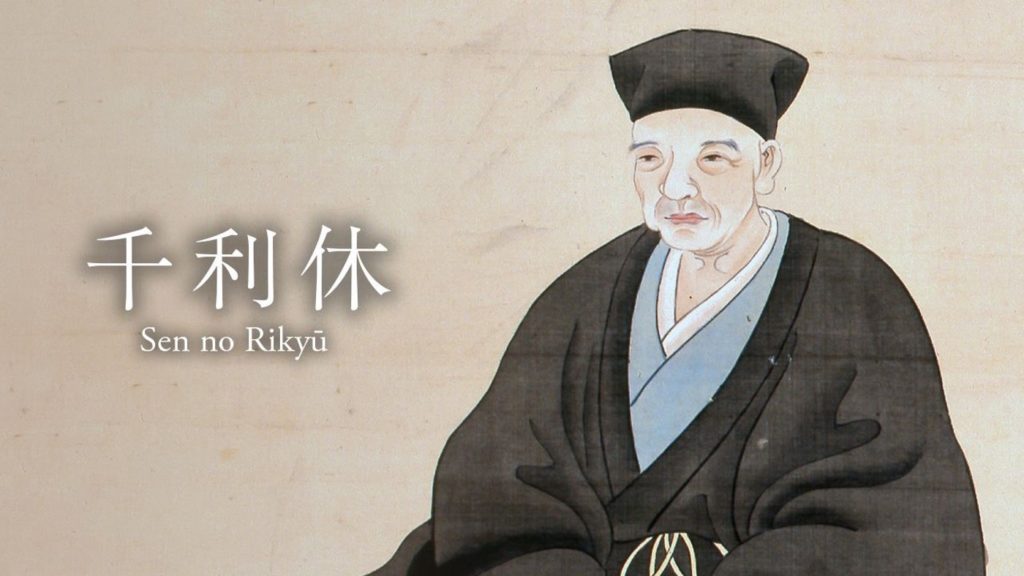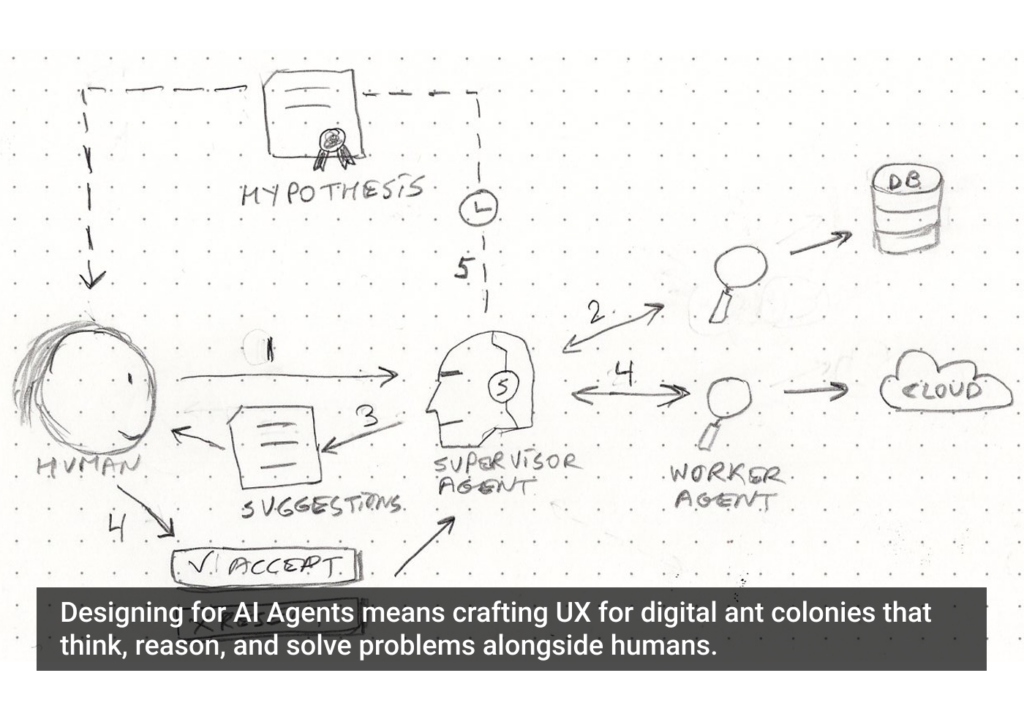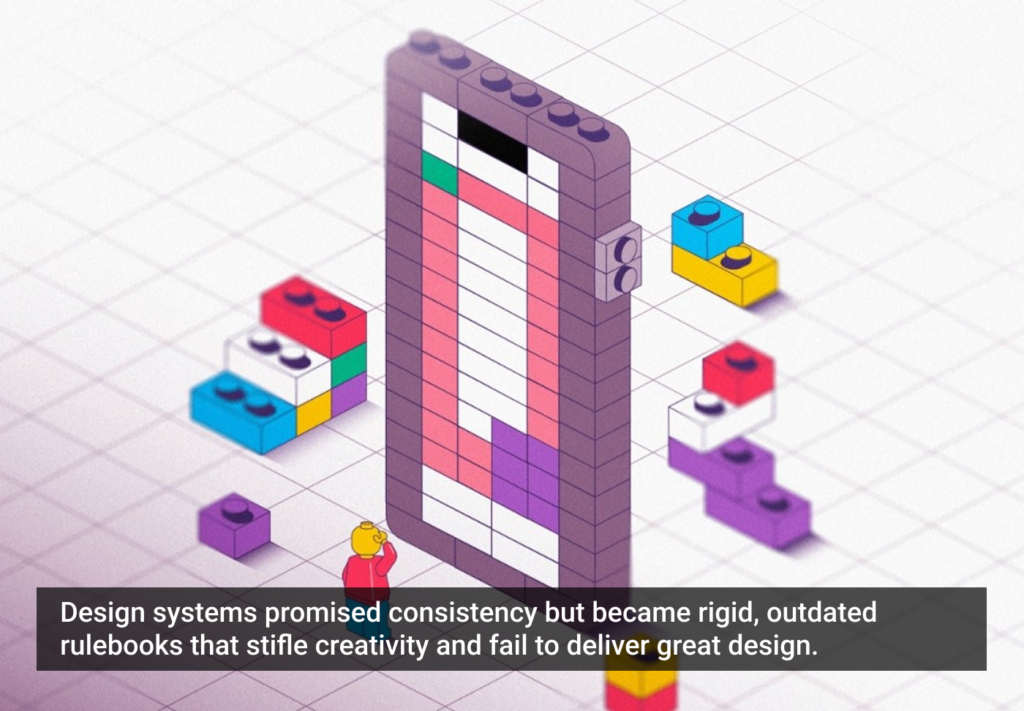I’ve always considered myself a bit of a Shinnichi. Fascinated with Japanese cinema from a young age, I immersed myself wholly in the richness of Japanese culture. I still do, albeit, from within the comfort of my own home. The cinematic works of Miike, novels of Murakami, and energetic works of Kusama have captivated me like little else. I’ve long admired their distinct approach to ideation and eventual fulfilment within their respective crafts, pleasantly diversifying my perception of the world.
When I write, I get some images and I connect one piece to another. That’s the story line. Then I explain the story line to the reader. You should be very kind when you explain something. If you think, It’s okay; I know that, it’s a very arrogant thing. Easy words and good metaphors; good allegory. So that’s what I do. I explain very carefully and clearly. — Murakami on explaining yourself clearly
I’d often ponder how, if at all, this distinctly Japanese approach to creativity could be applied to life in more broad terms. Is there something unique about Japanese culture that could be applied to our understanding of design? Indeed, applied to our understanding of what a truly great user experience is — and what that means for society at large?

As luck would have it, I discovered the term, “omotenashi”.
“Omotenashi” involves the subjugation of self in service to a guest, without being “servile”. Anticipating needs is at the heart of the concept; and it is certainly fair to say that in Japan, acting on others’ needs without being asked to do so is at the height of savvy. — The Business of Omotenashi
If I can be so bold as to condense this historically rich word down to a single sentence, I would suggest “to wholeheartedly look after guests”. Omotenashi is almost exclusively used within the Japanese hospitality industry, dating back to the Sengoku period in 1500s Japan. But if we substitute the term guest, for user, can we apply omotenashi in a digital sense?
Can we wholeheartedly look after users and their needs? In particular, can we apply omotenashi to user-centered design? Does the concept of omotenashi even work in the context of an agile startup, or corporate behemoth? I think, in a sense, UX Designers certainly aspire to the principles of omotenashi — even though our western sensibilities might not be familiar with the phrase or the meaning behind it.
Integrity. Commitment. Iterative.

Omotenashi is more than just meeting the demands of guests. It’s about anticipating the needs of guests, needs which may not be communicated in an obvious way. How is this possible? Ultimately by always considering context, being curiously observant and making assumptions where appropriate. It’s important to stress, these assumptions are based on years of knowledge sharing and interacting with guests from all walks of life. For every moment of genuine gratitude, there might also be a moment of awkwardness — a pain point — which should be acknowledged.
This is the lifeforce of omotenashi, as it is with the discipline of user experience design. Whilst one is in the vicinity of being 500 years old, the other is considerably less so, but they’re more analogous than we might think. There’s a duality here, a greater good if you will, and that’s the desire to ensure the betterment of the user’s experience.
For 100s of years, it’s a technique that has been implemented, shared, improved, implemented, shared, improved and so on. It’s an iterative process, one not too dissimilar to an ideal design process in which creative teams have the freedom to implement, share and improve as they strive to better the User Experience.

In the context of UX, primary research conducted (User interviews, contextual inquiries, etc.) is ideally shared internally with teams, which over time, permeates outwards into the wider UX community. We become more effective at our craft and more understanding of user needs, the more we share. We become auteurs, an almost living embodiment of the desire to understand how people think and interact with our work.
At the risk of sounding naïve, I appreciate that UX is often seen as an afterthought. That desire to understand people is not always shared. It’s not unusual to work within the IT industry and feel like you can’t see the forest for the trees. This has been a personal struggle of mine, and one that I’ve shared before,
Being a UX Designer has at times been difficult, and has made me question whether it’s the right role for me. I now know that it is, and the difficulties I’ve faced have made me much more resilient. Yes, I still have my bad days, but the good days make the trip all the more worthwhile. Communication and accepting criticism from the right people has been key to my growth. — Chris Kernaghan
The above is absolutely critical in ensuring any success as a UX designer, but equally, a lack of enthusiasm from others should not stop you from being a champion for users. In fact, I believe it can be used as a source of strength, and we can all do that by keeping omotenashi in mind.








